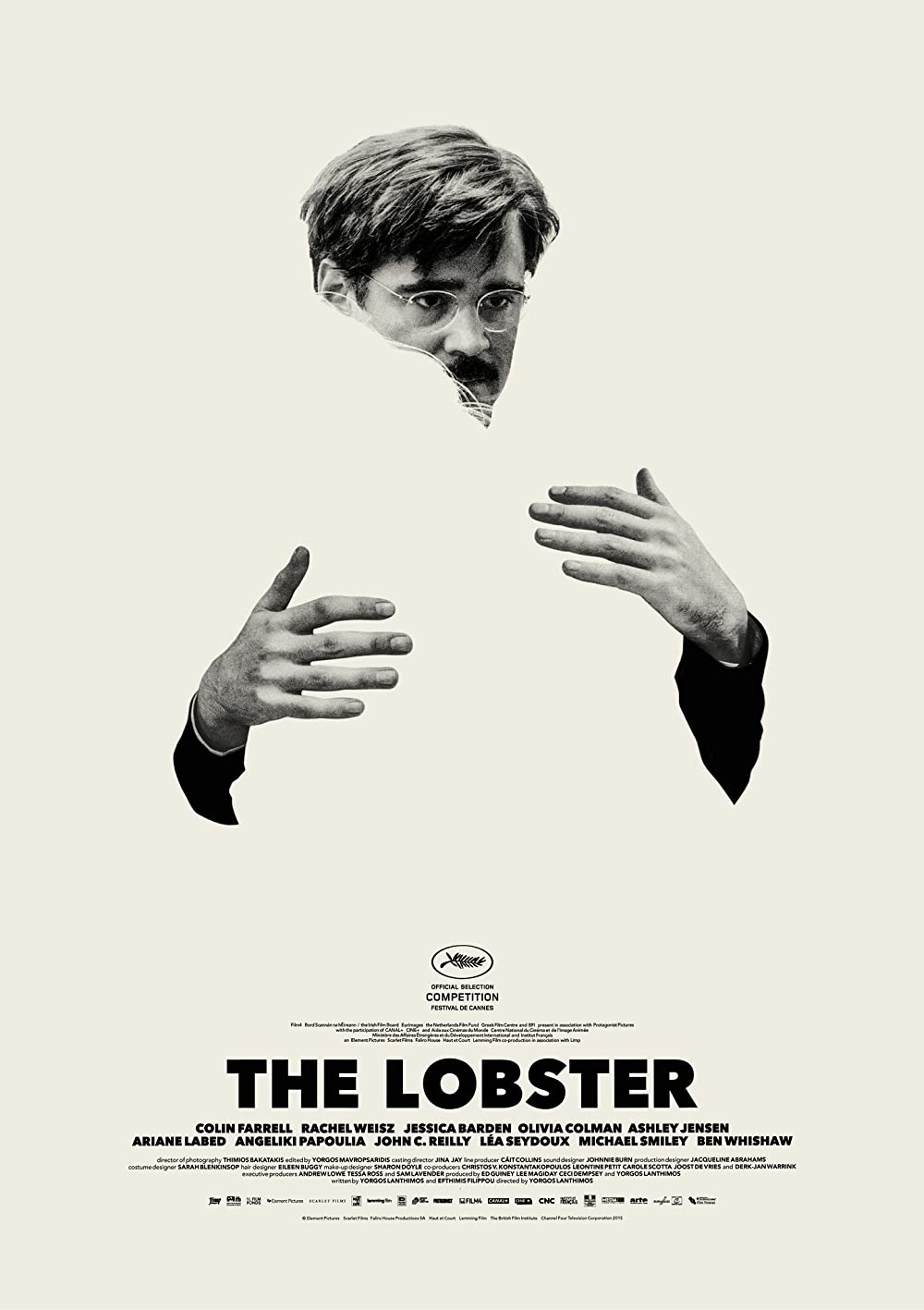While it isn’t truly a completely new breed of film, there is a genre developing in recent years that might be thought of (for simplicity’s sake) as “Absurdist Metaphor.” The standouts of this, movement perhaps, are Yorgos Lanthimos (The Lobster) and Ruben Östlund (The Square), whose films are largely like a new offshoot of sci-fi/fantasy, using the almost unimaginable to dissect the ordinary.
The Menu, which can’t quite make sense of any genre it wants to attach to itself, creates a cultural microcosm so drenched in metaphor and belabored satire that it becomes an exercise in wondering if subtext can exist on its own, and if that can remain entertaining. It’s every move, line, and bewildered stare is simply to shake a fist at some cultural idiocy, almost as a creation on par with trying to make a film of “A Modest Proposal.”
Focused mainly on a young couple, Tyler (Nicholas Hoult) and Margot (Anya Taylor-Joy), we follow along on the boatride a group are taking to the ultra-exclusive restaurant where they will dine for thousands per person. The dozen-ish diners are varying degrees of semi-excited to partake of a Chef Slowik (Ralph Fiennes) experience.
As we are introduced to the diners – a movie star of waning popularity, a small group of Yuppie dorks who work for the investment firm that bankrolls the restaurant, a high-profile food critic, etc. – we learn that Tyler and Margot don’t actually know each other, and Tyler is something of a Slowik superfan. Our dining experience includes a tour of the facilities and thorough explanation of the Herculean efforts behind the ultimate culinary extravaganza that is about to unfold.
It isn’t long before something, or some group of things, feels a bit off, not least the fact that Tyler seems to be the only person particularly interested in the evening, at least at a level commensurate with the true gloriousness of the tiny portions that are about to happen at these people. Even the critic, Lillian (Janet McTeer), is more interested in her ability to wax poetic about the tableware and pull the story out of random events than she is in eating anything, which, by the way, Slowik goes to great lengths to advise his guests against in any case.

Without giving things away, the situation becomes not only deadly for all involved, but also a kind of critique within a critique as Slowik reveals by degrees that everyone has been chosen to dine at his restaurant on this evening because they deserve what’s coming to them… and so does he.
The film shines in its effort to juxtapose everything with everything else during succesive moments and even manages to so brilliantly coordinate the minutest detail of its mockery that, much like the actual menu in question, it becomes difficult to tell if every angle, movement, and bite of tonal quality was rehearsed 100 times or if its nearly all ad-lib. The experience of watching the film moves toward a realm reflected in the evening’s course of “Breadless Bread Board,” which consists of a variety of sauces and emulsions but does actually arrive at the table sans bread.
Even this manuever of the menu, the evening, and the film is not the relatively simple situation and response you might expect from the bullet point, but a cacophony of connections, aggressions, and stagnant expressions that are an inability to respond to utterly unexpected circumstances. Sure, everyone has an uncomfortable chuckle as they try to work out the joke, but the assault never ends. From those who play along, and those who ask for bread and are refused, to Slowik’s demand to know why some people aren’t eating and his response to the complaint that one of the sauces has broken. And that’s just one minor gag in a play that seems to fit six hours worth of societal assassination in its runtime.
The one stumble of the film is a scene that sees some of the guests moving outside, because it doesn’t quite fit the rest of the film, has far too little to say about anything, and seems to exist only so that a brief laugh can make it to the trailer. It only stands out because everything else is so perfectly purposeful and almost every line is serving at least three motives in the passive-aggressive/aggressive-aggressive stew.
That aside, it is a film to be reveled in and rewatched, and it is a rare breed indeed that offers up so much to legitimately tear apart and repeatedly. Certain moments aren’t quite as fun as they might have been, but that’s to level a microscope at the thing in a way no one could claim is fair. It screws the imagination, has a cast that could not get enough praise, and in keeping with its many bewildering contradictions is a wild race of a ride despite the fact that everyone is just sitting there.
Perhaps best is the fact that the film also mirrors the audiences experience because you just can’t believe the event is actually happening to you.




